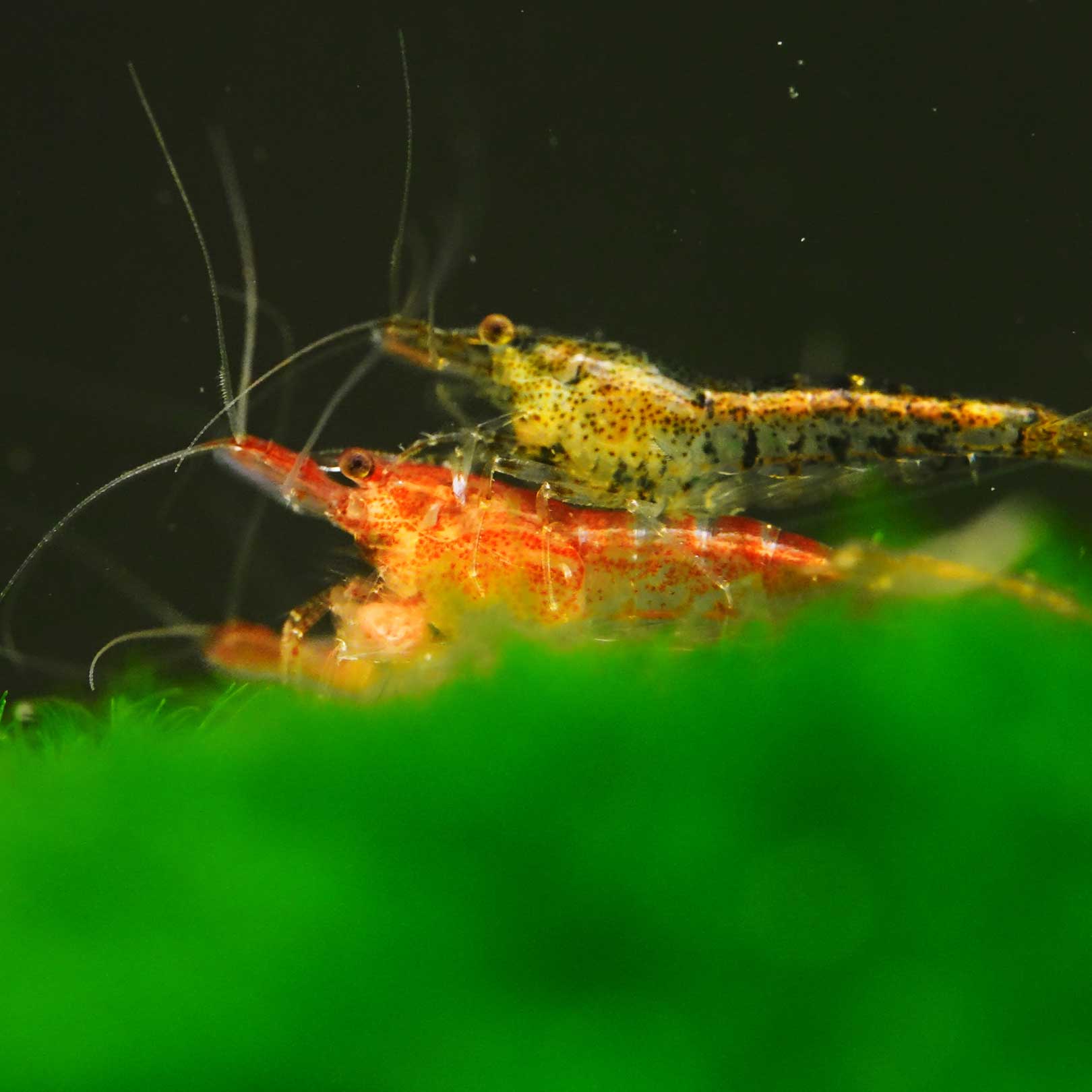How to Acclimate Shrimp: A Step-by-Step Guide
Introducing shrimp to a new aquarium can be a delicate process. Proper acclimation is crucial for the health and survival of your new aquatic friends. Here’s a comprehensive guide on how to acclimate shrimp to their new home.
Why Acclimation Matters
Shrimp are sensitive to changes in water parameters such as temperature, pH, and hardness. Sudden shifts can cause stress, leading to illness or death. Acclimation allows shrimp to gradually adjust to their new environment, minimizing shock.
Supplies You’ll Need
- A clean bucket or container
- Airline tubing
- A drip acclimation setup or a control valve
- A net or shrimp-specific scoop

Step-by-Step Acclimation Process
-
Preparation
- Turn off the aquarium lights to reduce stress on the shrimp.
- Float the sealed bag containing the shrimp in your aquarium for 15-20 minutes. This helps equalize the temperature between the bag water and the tank water.
-
Open the Bag
- After the temperature has equalized, open the bag and carefully pour the shrimp and the water into a clean bucket or container. Ensure that the container is large enough to accommodate the water volume.
-
Start the Drip Acclimation
- Use airline tubing to create a siphon from your aquarium to the container holding the shrimp. If you have a drip acclimation setup, use it according to the manufacturer’s instructions. If not, you can create a siphon by sucking on the end of the tubing (be careful not to ingest the water) and placing the tubing in the container.
- Tie a loose knot in the tubing or use a control valve to regulate the drip rate. Aim for a slow drip of about 2-4 drops per second.
-
Monitor and Adjust
- Allow the water to drip into the container for 1-2 hours. During this time, the water volume in the container should double. This gradual mixing helps the shrimp adjust to the new water chemistry without shock.
-
Transfer the Shrimp
- After acclimating for 1-2 hours, gently net the shrimp from the container and transfer them to the aquarium. Avoid adding the water from the container to the aquarium, as it may contain impurities or pathogens.
-
Observation
- Keep the aquarium lights off for a few more hours to help the shrimp settle in. Monitor them closely for the next 24 hours for signs of stress or illness.
Tips for Success
- Test Water Parameters: Ensure that the water parameters in your aquarium are suitable for shrimp before introducing them. Parameters like ammonia, nitrite, and nitrate levels should be within acceptable ranges.
- Maintain Water Quality: Regular water changes and proper filtration are essential for a healthy shrimp tank.
- Provide Hiding Spots: Shrimp need places to hide and feel secure, especially during molting. Add plants, driftwood, or shrimp-specific decorations.
Acclimating shrimp correctly can make a significant difference in their health and longevity. By following these steps, you’ll provide a smoother transition for your shrimp, helping them thrive in their new environment. Happy shrimp keeping!
